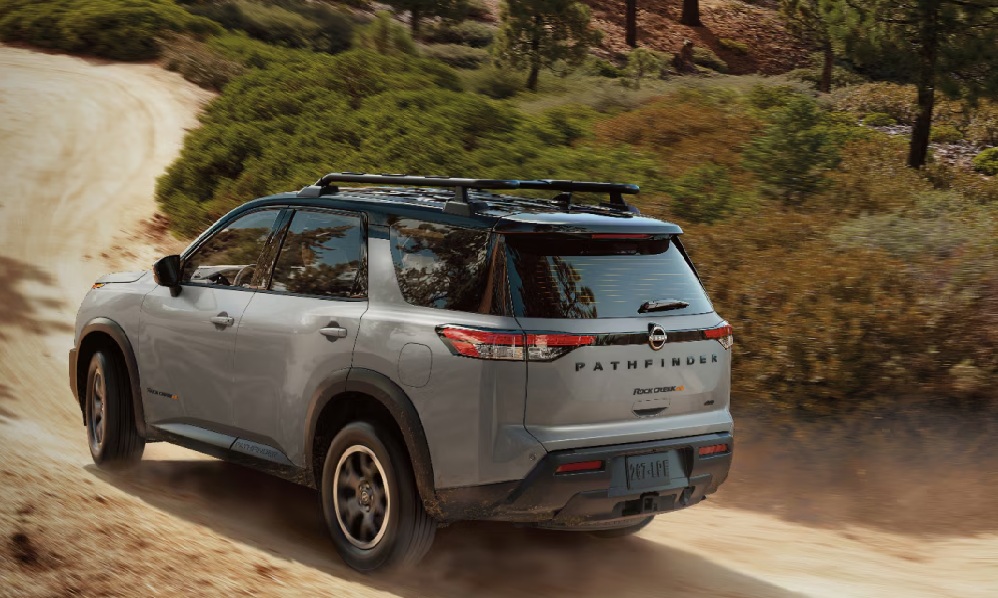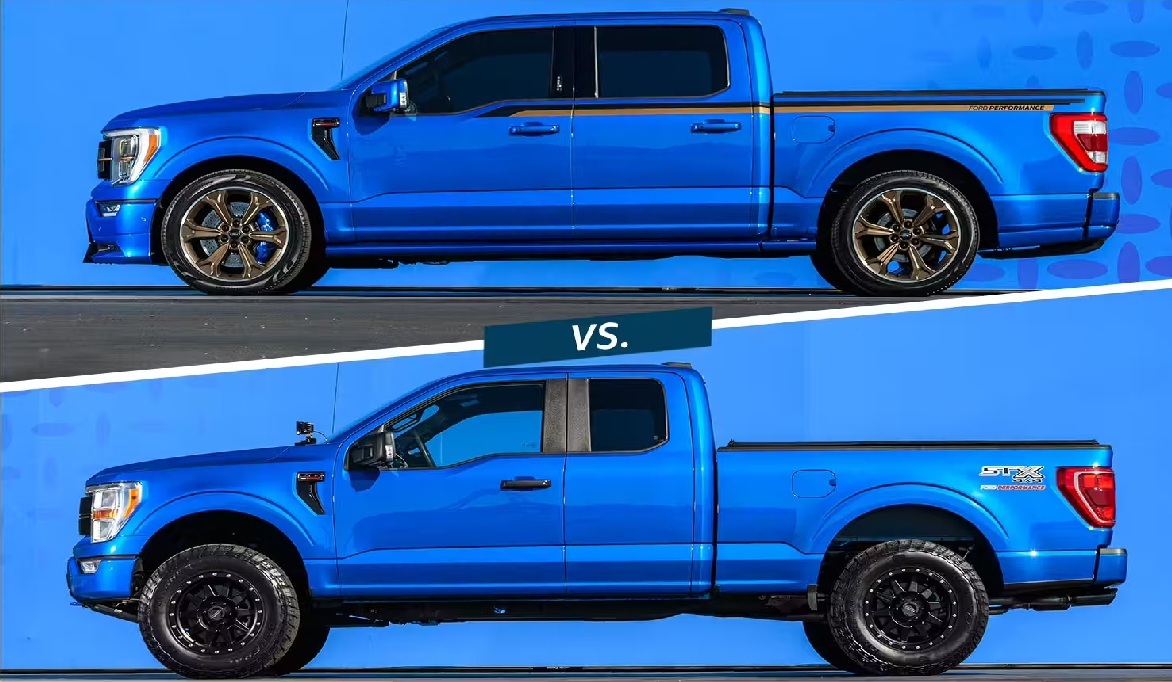What Are ICE Cars: A Guide To Internal Combustion Cars
In the rapidly evolving world of automotive technology, the term “ICE car” has become increasingly common. But what exactly does it mean, and how does it differ from other types of vehicles? This guide will delve into the world of ICE cars, exploring their history, mechanics, advantages, and challenges in the modern automotive landscape. What … Continued
In the rapidly evolving world of automotive technology, the term “ICE car” has become increasingly common. But what exactly does it mean, and how does it differ from other types of vehicles? This guide will delve into the world of ICE cars, exploring their history, mechanics, advantages, and challenges in the modern automotive landscape.

What is an ICE Car?
ICE stands for Internal Combustion Engine. An ICE car, therefore, is a vehicle that is powered by an internal combustion engine. This engine burns fuel (usually gasoline or diesel) inside a combustion chamber to create the energy that propels the vehicle forward.
The History of ICE Cars
The internal combustion engine has a rich history dating back to the late 19th century. Here are some key milestones:
- 1876: Nikolaus Otto develops the four-stroke cycle engine
- 1885: Karl Benz builds the first automobile powered by an internal combustion engine
- 1908: Henry Ford introduces the Model T, making ICE cars accessible to the masses
- 1970s: The introduction of catalytic converters to reduce emissions
- 1990s-present: Ongoing improvements in fuel efficiency and emissions reduction
How Does an Internla Combustion Engine Work?
The internal combustion engine operates on a simple principle: the controlled explosion of fuel to create mechanical energy. Here’s a basic breakdown of the four-stroke cycle:
- Intake: The piston moves down, drawing in a mixture of fuel and air.
- Compression: The piston moves up, compressing the fuel-air mixture.
- Combustion: The spark plug ignites the compressed mixture, creating an explosion that forces the piston down.
- Exhaust: The piston moves up again, expelling the exhaust gases.
This cycle repeats thousands of times per minute, creating the power that drives the vehicle.
Components of an ICE Car
An Internal Combustion Engine car consists of several key components:
- Engine Block: The main part of the engine where the combustion occurs
- Cylinders: Where the pistons move up and down
- Pistons: Move up and down to create power
- Crankshaft: Converts the up-and-down motion of the pistons into rotational motion
- Fuel System: Delivers fuel to the engine
- Cooling System: Prevents the engine from overheating
- Exhaust System: Removes exhaust gases and reduces noise
- Transmission: Transfers power from the engine to the wheels
Types of ICE Cars
There are several types of ICE cars, categorized primarily by the fuel they use:
- Gasoline Cars: The most common type, using gasoline as fuel
- Diesel Cars: Use diesel fuel, often more efficient but with higher emissions
- Flex-Fuel Vehicles: Can run on gasoline or ethanol blends
- Natural Gas Vehicles: Use compressed natural gas (CNG) or liquefied natural gas (LNG)
- Propane Vehicles: Run on liquefied petroleum gas (LPG)
Advantages of ICE Cars
Despite the rise of alternative technologies, Internal Combustion Engine cars still offer several advantages:
- Range: ICE cars can typically travel 500-800 kilometers on a single tank of fuel
- Quick Refueling: Filling up a gas tank takes only a few minutes
- Infrastructure: Extensive network of gas stations already in place
- Proven Technology: Decades of refinement have made ICE cars reliable and well-understood
- Performance: Many high-performance vehicles still rely on ICE technology
Challenges of Internal Combustion Engine Cars
However, ICE cars also face significant challenges in the modern world:
- Emissions: These cars are a major source of greenhouse gas emissions and air pollution
- Fuel Efficiency: Despite improvements, these cars are less efficient than electric alternatives
- Dependence on Fossil Fuels: Most Internal Combustion Engine cars rely on non-renewable fossil fuels
- Regulatory Pressure: Many countries are planning to phase out ICE vehicles in favor of electric alternatives
- Noise Pollution: ICE cars are generally louder than their electric counterparts
The Future of ICE Cars
The future of Internal Combustion Engine cars is a topic of much debate. While many countries and automakers are shifting focus to electric vehicles, this technology is not disappearing overnight. Some key trends include:
- Hybridization: Combining ICE with electric motors to improve efficiency
- Advanced Materials: Using lighter materials to improve fuel efficiency
- Improved Fuel Injection: More precise fuel delivery for better performance and efficiency
- Alternative Fuels: Development of biofuels and synthetic fuels
- Emissions Reduction: Continued improvements in exhaust treatment technologies
ICE vs. Electric: A Comparison
As electric vehicles gain popularity, it’s worth comparing them to traditional cars:
- Efficiency: Electric vehicles are generally more energy-efficient
- Emissions: EVs produce zero tailpipe emissions, though overall emissions depend on the electricity source
- Performance: EVs offer instant torque, while Internal Combustion Engine cars often provide better top-end performance
- Range and Refueling: Internal Combustion Engine cars typically offer longer range and quicker refueling
- Maintenance: EVs generally require less maintenance due to fewer moving parts
Make an Informed Choice
Internal Combustion Engine cars have been the backbone of personal transportation for over a century. While they face challenges from emerging technologies and environmental concerns, they continue to evolve and adapt. Understanding ICE technology is crucial for anyone interested in the automotive world, whether as a consumer, enthusiast, or industry professional. As we move into a future with diverse powertrain options, Internal Combustion Engine cars will likely continue to play a significant role, albeit in an evolving capacity.
FAQs About ICE Cars
What does ICE stand for in cars?
- It stands for Internal Combustion Engine. It refers to engines that generate power by burning fuel inside a combustion chamber.
How efficient are ICE cars compared to electric vehicles?
- Internal combustion cars are generally less efficient than electric vehicles. Typically, they convert about 20-35% of fuel energy into motion, while electric vehicles can convert 60-90% of battery energy into motion.
What is the average lifespan of an ICE car?
- These cars can last 300,000 to 400,000 kilometers or more with proper maintenance. However, this can vary greatly depending on the make, model, and how well the car is maintained.
Are all diesel vehicles considered ICE cars?
- Yes, diesel engines are a type of internal combustion engine.
Can ICE cars run on alternative fuels?
- Some can run on alternative fuels such as ethanol, biodiesel, or even hydrogen. These are often referred to as flex-fuel or bi-fuel vehicles.
What is the main environmental concern with ICE cars?
- The primary environmental concern is their emission of greenhouse gases and other pollutants, which contribute to climate change and air pollution.
How do hybrid cars fit into the ICE category?
- Hybrid cars use both an internal combustion engine and an electric motor. They are a bridge technology between traditional Internal Combustion Engine cars and fully electric vehicles.
What is the difference between a two-stroke and a four-stroke engine?
- A four-stroke engine completes four piston movements for each power cycle, while a two-stroke engine completes the cycle in just two piston movements. Four-stroke engines are more common in cars due to their better efficiency and lower emissions.
Are there any advantages to ICE cars over electric vehicles?
- Internal Combustion Engine cars currently offer advantages in terms of range, refueling speed, and the existing infrastructure of fuel stations. They also tend to perform better in extreme weather conditions.
Will ICE cars be completely phased out in the future?
- While many countries plan to phase out new internal combustion engine car sales in the coming decades, these cars will likely continue to be used for many years, especially in areas with less electric vehicle infrastructure.


